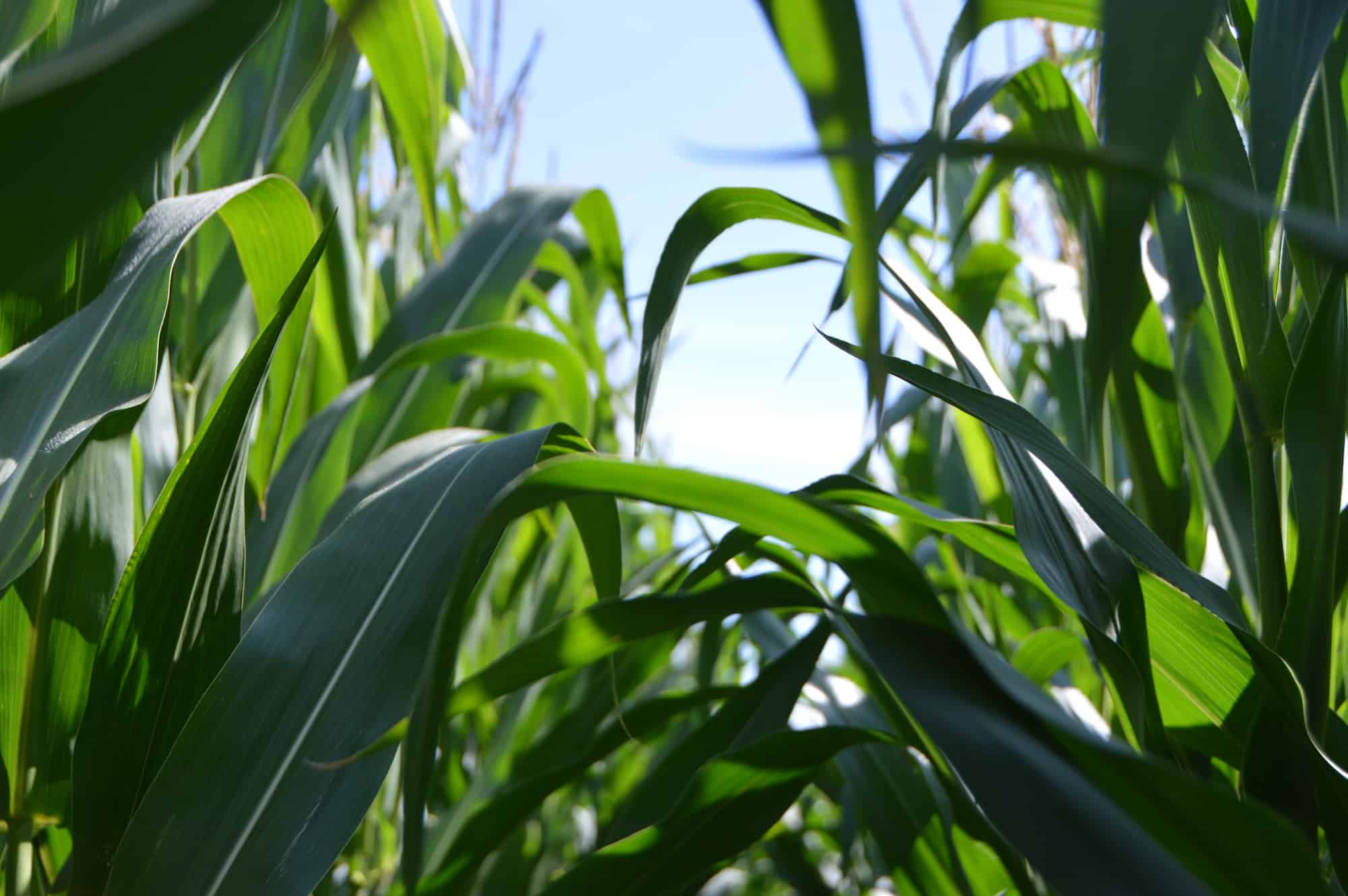The future of farming and agriculture will be heavily impacted by ongoing efforts to integrate drone-powered technology into all facets of the industry. The growing of food via crop growing is among the oldest and most venerable forms of industry and commerce since civilization’s earliest times.
Today’s modern times have seen an explosion in the use of drone aircraft for the farming and agricultural industries, resulting in revolutionary impacts on both those in production and the world at large.
Marked efforts to rapidly assimilate drones into agriculture have not only created vast savings for producers via decreased manpower costs and increased efficiency but have also resulted in substantial growth in crop production that can readily accommodate a burgeoning global populace.
The ubiquitous use of drone-powered aircraft has changed how we grow our food crops and unarguably provides abundant benefits. However, as is the case with any new technology, drones are not without their risks. Despite their major impact on agriculture, the use of drone technology must be carefully considered by those in the farming and agricultural sectors.
Read on below to learn more about agricultural crop spraying drone systems and their inherent risks.
Agricultural Crop Spraying Drone Systems Obstacles & Risks
Cost:
Initial startup costs for drone aircraft have proven to be exceptionally costly for the average farmer and small agriculture producers. Drones featuring fixed-wing technology are currently available on the market at prices ranging upwards of $20,000.
New buyers to the drone market are commonly unaware of the prohibitively expensive pricing of drone technology resulting from the “whole package” inclusive of light sensors, radars, onboard hardware, and state-of-the-art software.
Cheaper drones can be readily purchased but require heavy research into appropriate models for robust use in agricultural applications. Often, less costly drones will come unequipped with the tools necessary to perform mechanisms that are vastly important to farming and production, such as real-time crop surveillance and near-infrared light technology to gauge overall crop health.
Adherence to Federal Laws and Mandates:
Unsurprisingly, drone use for agricultural and farming purposes has been classified by the federal government as a commercial activity.
As a result, farmers and producers within the agricultural arena who wish to employ crop spraying drones must undergo operator training from the Federal Aviation Administration and ultimately obtain a certificate that qualifies them as a remote pilot or legal entity allowed to employ a qualified remote pilot.
Airspace Concerns:
Airspace is highly regulated by the Federal Aviation Administration, with costly fines and penalties involved when remote pilots do not adhere to federal regulations with respect to airspace interference and allowable altitudes.
Current federal laws dictate that drone aircraft not exceed altitudes of four hundred feet to prevent potential airspace interference.
Depending on the locale, farmers and agricultural producers are either highly encouraged or mandated to supply the FAA or the nearest airport with their proposed flight plan.
Regulation Concerns:
The Federal Aviation Administration has numerous regulations concerning the use of drones for U.S. citizens.
Currently, piloting an unmanned drone aircraft is reliant upon users obtaining authorization or waiver certificates. These certificates allow users to fly unmanned aerial vehicles in the nation’s airspace.
Users who wish to use drones for commercial applications, such as crop spraying drones, are required to file for an exemption.
Short Flight Range and Time:
Lower-end, cheaper drones are infamous for their short flight times and pose many frustrations for agricultural producers who desire a performance drone that stays powerful in the air with a substantial range.
While current technology has resulted in a bevy of performance drone aircraft products on the market that showcase impressively long flight times, the unfortunate downside is that the increase in performance runs in tandem with price increases. As a result, entry-level, budget drones feature lackluster range and time in the air and are wholly inadequate for farming operations that require coverage of many acres of land.
Drone Education, Knowledge, and Skill:
Piloting unmanned drone aircraft requires a modicum of technical skill and knowledge via drone education. Employees and relevant personnel must engage in requisite preparation measures to ensure proper handling and operation of drones to ensure adequate reaping of its benefits.
A thorough education in drone-powered equipment can prove to be a costly endeavor, which is further exacerbated by the high initial costs of the aircraft itself. The end result for small-scale operations farmers and producers is an inability to partake in transformative drone technology that their larger scale competitors are readily within their operations.
As technology continually evolves, average farmers must be cognizant of the fact that an agricultural or crop spraying drone investment is an ongoing measure of educational and preparation costs that continually reflect the implementation of newer, more modern software.
Connectivity and Coverage Issues:
Drones are not by any means fool-proof equipment. Despite their high-powered, state-of-the-art technology showcasing increasingly longer-range times, drones largely depend on weather conditions. Inclement weather can vastly disrupt the overall performance of a drone, with wind and rainy conditions being among the most problematic.
The issue of drone flight in unfavorable weather conditions is further heightened by the fact that much of the farmland in the United States does not receive online coverage, which means that farmers and producers in these areas need to not only invest in capable, territory-specific drones but also connectivity infrastructure to provide beneficial results.
Conclusion
Drones exemplify the best technological achievement in the past century and have readily bestowed a variety of users with countless benefits. Utterly transformational, unmanned drone aircraft have revolutionized the agricultural industry in many ways, resulting in increased profits, substantial growth in healthy, viable crops, and a decrease in the dependency of arduous, man-powered farm work.
While drones are not without their cons, they are much like any technological advancement; one to be carefully considered from all aspects, along with thorough research into the abundance of pros and cons to determine if drone technology is an appropriate avenue to invest in to meet highly specific agricultural needs; like UAV crop dusters.
Users ready to take on the initial costs and adhere to the ongoing financial requirements will find that drones are well worth the risk and will enable them to partake in the transformative agricultural wave sweeping American farming today.

Brad Nichols
Partner
30 plus years focused on mission-critical technology and operations
